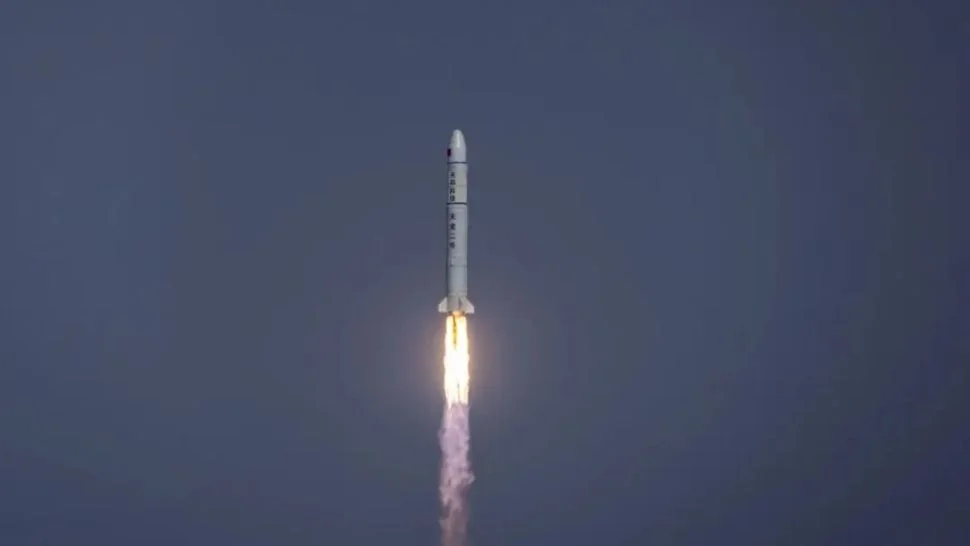China’s private company Space Pioneer reported that a set of nine engines for the first stage of the Tianlong-3 launch vehicle (Tianlong-3) has completed the final phase of factory fire tests and is being prepared to be sent for installation on the rocket. This rocket will eliminate SpaceX’s monopoly on multiple launches. The new rocket will help China create a low-orbit satellite Internet network.
About a year ago, Space Pioneer became the first company in China to launch a liquid-fueled rocket into space. This was the middle rocket in Space Pioneer’s development portfolio; three-stage Tianlong-2 (Tianlong-2) on a kerosene-oxygen fuel pair. It didn’t seem like anything unusual, but the Chinese managed to surprise. The jet kerosene used in the engines of the Tianlong-2 rocket was made from coal.
The successful launch of the Tianlong-2 rocket has already paved the way for preparations for the launch of the heavier Tianlong-3 rocket, which can be considered a close equivalent of Elon Musk’s reusable Falcon 9 rocket. So, if the Falcon 9 irreversibly launches a 22.8-ton payload into low orbit, the Tianlong-3 rocket will be able to launch a 17-ton payload to NGO and a 14-ton payload into sun-synchronous orbit.
The Tianlong-3 rocket is believed to have been specifically designed to create a low-orbit Internet satellite constellation for China. The diameter of the rocket is 3.8 m, and its full length reaches 71 m with a launch mass of 590 tons. The rotating first stage is equipped with 9 Tianhuo-12 engines, each with a thrust of 110 tons at sea level. A total of 41 engines were produced, and 9 of them passed final assembly tests for installation on the first rocket on Thursday. A total of three Tianlong-3 launches are planned this year, and developers plan to have 30 launches per year within three years.













